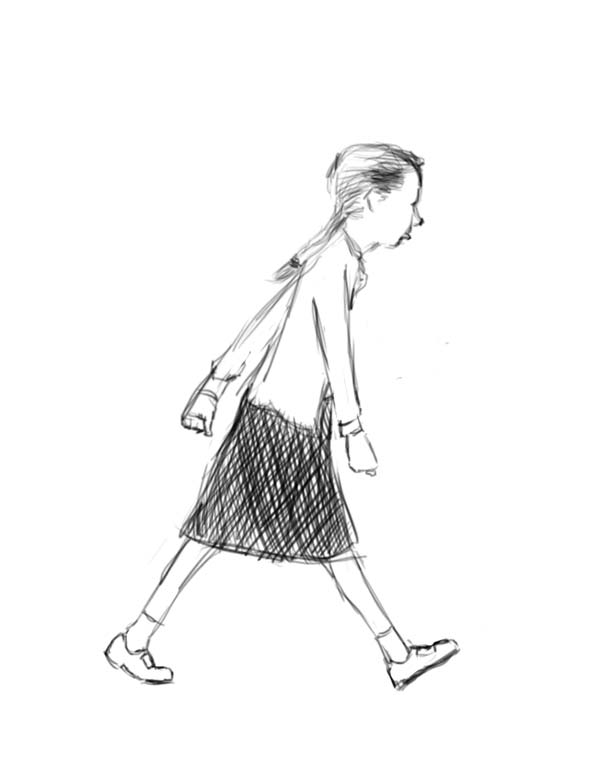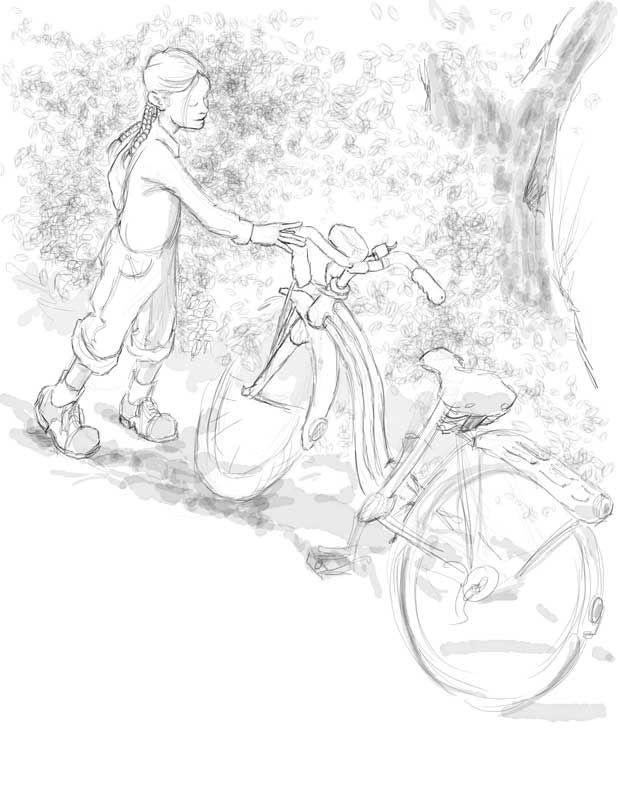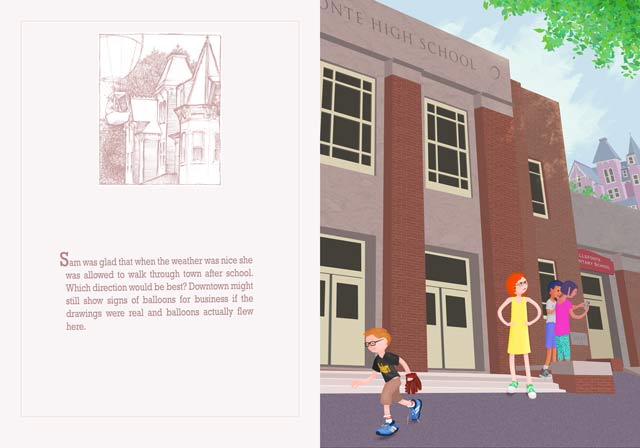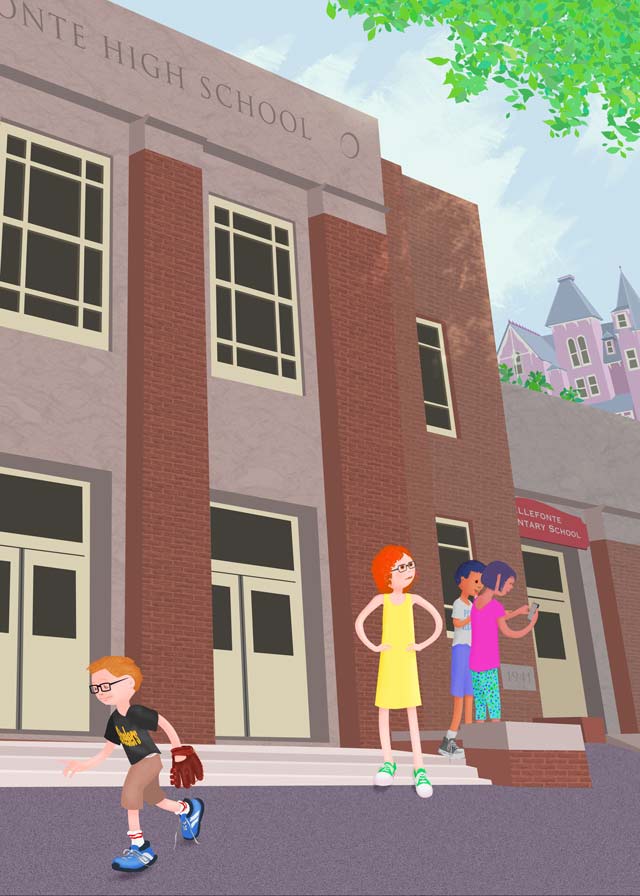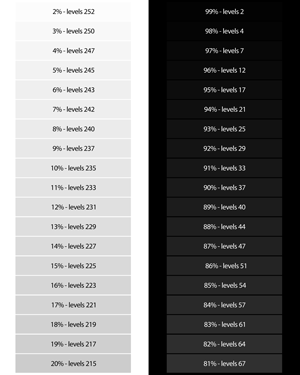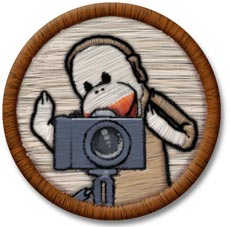 To understand anything, my first step is usually finding similar things I already understand and doing some sort of comparison. I don’t get where badges go, who authorizes them, who determines their value, what they mean to people who wear them, or what they mean to people who view them. I’ve read as much online as I can readily find. That didn’t help clarify very much. So I compared them to what I already understand: merit badges in boy scouts.
To understand anything, my first step is usually finding similar things I already understand and doing some sort of comparison. I don’t get where badges go, who authorizes them, who determines their value, what they mean to people who wear them, or what they mean to people who view them. I’ve read as much online as I can readily find. That didn’t help clarify very much. So I compared them to what I already understand: merit badges in boy scouts.
I was a boy scout when I was young. I had earned a few merit badges and my father was someone who guided, tested and awarded several different merit badges. To get a badge, you picked what you wanted a badge in, then picked up the merit badge booklet for that badge. The booklets varied a bit in thickness based on the complexity of information, but they were all around 6″ X 8″ and ¼” thick. The book had most of the information that you needed to know, and tips for performing any of the necessary activities. The activities were part of the requirements to get the badge. It was all spelled out pretty clearly, but if you had any questions, you could call the person who tested you. Proctor? Mentor? Counselor? I forget what term was used, but counselor seems right. They were experts in the community with some sort of desire to help the scouts. You could call them and ask questions, or just call them when you were ready to be certified and make an appointment to meet. The counselor was the one who decided if you met all the requirements, and if you did, they signed a card that you submitted to your scout master. The scout master kept records, as did the council that the troop was a part of. They awarded the badge.
So a badge was a thing, but it was also an indication that you met the requirements. A certain number of badges, and certain specific badges, were needed to advance to another rank: several badges were needed to make first class, several more to make star scout, more to make life scout, and at least 21 badges (and much service) to make eagle. The process was familiar enough that being an “eagle scout” is a widely accepted symbol of achievement. In scouts, you started out wearing the badges sewn to your uniform sleeveOnce you earned a merit badge, you were awarded the actual stitched patch in a ceremony at one of the monthly troop meetings.
In scouts, you started out wearing the badges sewn to your uniform sleeve. When there was no more room, the badges were moved to a sash that draped over your shoulder when you were in uniform. Here, some of my confusion and much of my prejudice starts: I never put my badges on my uniform. They stayed in a drawer. Other scouts in my troop had sashes filled with badges they were proud of, but I never thought the display was that desirable. I thought it was incidental to the accomplishment, though I didn’t see it as necessarily a negative thing. Just something I wasn’t moved to do. I did, however, wear the gold and silver arrowheads that cubs achieved in cub scouts. By the time I was 11 or 12, that sort of thing lost it’s appeal.
There you go: I associate wearing and displaying badges with a juvenile mentality. It seems badges would be great in education maybe through middle school and somewhat demeaning beyond that. But like I’ve determined, that’s a prejudice on my part. Once past that, I can see real value in vetting more granular skills and knowledge.
I can see real value in vetting more granular skills and knowledgeI’m still not all in though. There’s a few things that gnaw at me. A big part of my negative reaction comes from where the push for badges seems to be coming from. It’s pretty clearly coming from the IT folks, and I don’t get precisely why. I understand part of it- web images are done to a large extent by people who can use and enjoy using graphics applications. After all, that sock monkey merit badge isn’t up there for any reason other than it was fun to think about and render. But other than that obvious attraction, why?
More telling, perhaps, are the media people. Like graphics folks they’re immersed in IT and depend on the tools. Lots of blogs, lots of screen capture videos, lots of social media tracking means lots of engaging work. That’s true. I’ve done my share of tutorial screen shots, and enjoy the different processes. But.
Other than assorted media folks, a number of education technologists are involved with the push, too. I have to cringe because I know that very few people know what the heck an education technologist is. I think it’s someone who knows a bit about both fields: education, and IT. I don’t know why they get a name that calls them out; I’m not a graphics technologist. Friends who do video aren’t media technologists. I’ve been retired for over a year… maybe they are and I’m just out of the loop?
it’s coming from the IT community only because they’ve pretty much been there first and have seen the needAll of these “technologist” flavors have several things in common. They have regular access to the internet. They have at least one device for accessing it. They’re fairly at ease with most regular device maintenance and software use. They regularly include social media in the way they interact with their friends and community. All of that just begins to describe a growing community that sees value in learning small bits in different places to achieve an assumed goal. That’s important to understand. The push to have badges looks like it’s coming from the IT community only because they’ve pretty much been there first and have seen the need.
Got it. Just don’t give me any patches to sew on.
The IT community could do a lot with the knowledge and familiarity with technology that they bring to Education. They get to take so much for granted and just dive in to the work. What does my badge mean to an employer? What does my badge mean to someone with a similar badge from some other granting body? Who vets the badge requirements? Who vets the granting bodies? How are requirements recognized and transferred? Where is the documentation kept? How and by whom is it accessed? Do badges accumulate toward a standard meaningful collection of some sort? What if a student does feel demeaned by a badge – can they opt out? Lots of these questions are actually being answered: check out Mozilla OpenBadges.
 So much to do. Meanwhile, I think this post deserves a gold star.
So much to do. Meanwhile, I think this post deserves a gold star.
 To understand anything, my first step is usually finding similar things I already understand and doing some sort of comparison. I don’t get where badges go, who authorizes them, who determines their value, what they mean to people who wear them, or what they mean to people who view them. I’ve read as much online as I can readily find. That didn’t help clarify very much. So I compared them to what I already understand: merit badges in boy scouts.
To understand anything, my first step is usually finding similar things I already understand and doing some sort of comparison. I don’t get where badges go, who authorizes them, who determines their value, what they mean to people who wear them, or what they mean to people who view them. I’ve read as much online as I can readily find. That didn’t help clarify very much. So I compared them to what I already understand: merit badges in boy scouts.  So much to do. Meanwhile, I think this post deserves a gold star.
So much to do. Meanwhile, I think this post deserves a gold star.